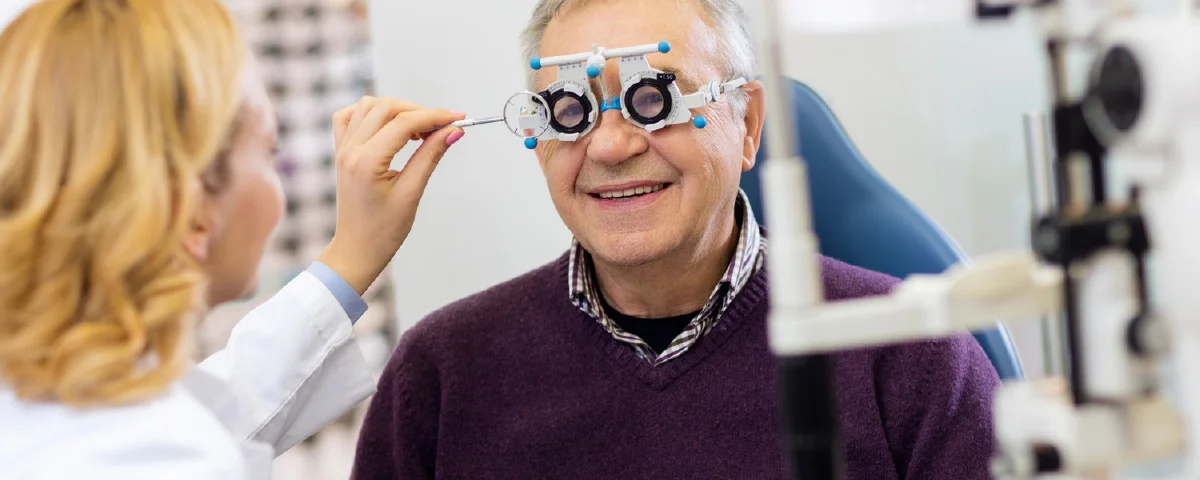The Importance of an Annual Eye Exam
/Often referred to as the “windows into the soul”, our eyes actually play an important role in the evaluation of our overall health. Beyond simply helping us to see at our best, an annual eye exam can also alert us to a variety of important health issues that may otherwise go unnoticed. Whether you have perfect vision or not, seeing your eye doctor once a year is an excellent way to ensure a continued state of good health.
GREAT VISION BEGINS IN CHILDHOOD
When it comes to vision, children don't really know what is normal compared to what is potentially worrisome. Considering that learning and studying relies heavily on having healthy eyesight, it's important to give your child their first eye exam around the time they start kindergarten and then beginning with more regular exams around age eight.
Perhaps as a consequence of the increased screen time associated with our technology-driven lifestyles, the number of kids who are developing myopia—or nearsightedness—is quickly growing and is occurring at increasingly younger ages. This is problematic because people who become nearsighted early in life tend to have a more severe progression and also have an increased risk of developing major eye-related issues later in life (e.g. glaucoma, retinal detachment, or cataracts). By taking your child in for yearly eye exams, however, the progression of myopia can be better controlled and their future risk of serious eye disorders mitigated.
PREVENTING VISION LOSS
Glaucoma is a disease of the optic nerve that, if left untreated, can lead to blindness. The challenge with glaucoma is that normally there are no discernible symptoms early on. Unfortunately, by the time someone notices a problem and goes in for an exam, the loss of their vision is already likely to be permanent. Furthermore, at this stage in the disease, preventing additional damage to the patient's vision can be very difficult and may require surgery. A routine eye exam, on the other hand, will easily detect changes in ocular pressure as well as other risk factors, thereby leading to better outcomes.
Approximately 100 million Americans suffer from either diabetes or from its precursor, prediabetes. People in these groups are at risk of developing diabetic eye disease, which can also lead to blindness. Much like glaucoma, this disease has no recognizable symptoms in its early stages, meaning that the best way to prevent or treat this illness is by visiting your doctor for a yearly eye exam.
OVERALL HEALTH & WELL-BEING
Eye exams aren't just for checking the quality of your vision or for making adjustments to your lenses—both of which are certainly important. The reality is that many people first discover that they have other potentially serious health problems after a routine eye exam, which can be a very effective tool in detecting diabetes and cardiovascular issues such as hypertension and high cholesterol. Additionally, they can also help to spot certain types of cancer or tumors of the iris, optic nerve, retina, or choroid.
Preventive health care is one of the surest ways for us to live happy and healthy lives. Just as we would see a general physician or a dentist for yearly checkups, it's wise to visit your eye care professional for an exam. The early detection of vision abnormalities and other potentially serious systemic diseases is vital to quickly establishing an effective treatment plan that will lead to a far superior outcome. Don't take your eyesight oryour good health for granted. Instead, make an appointment with your eye doctor to help ensure that both your vision and your overall health remain optimal.






